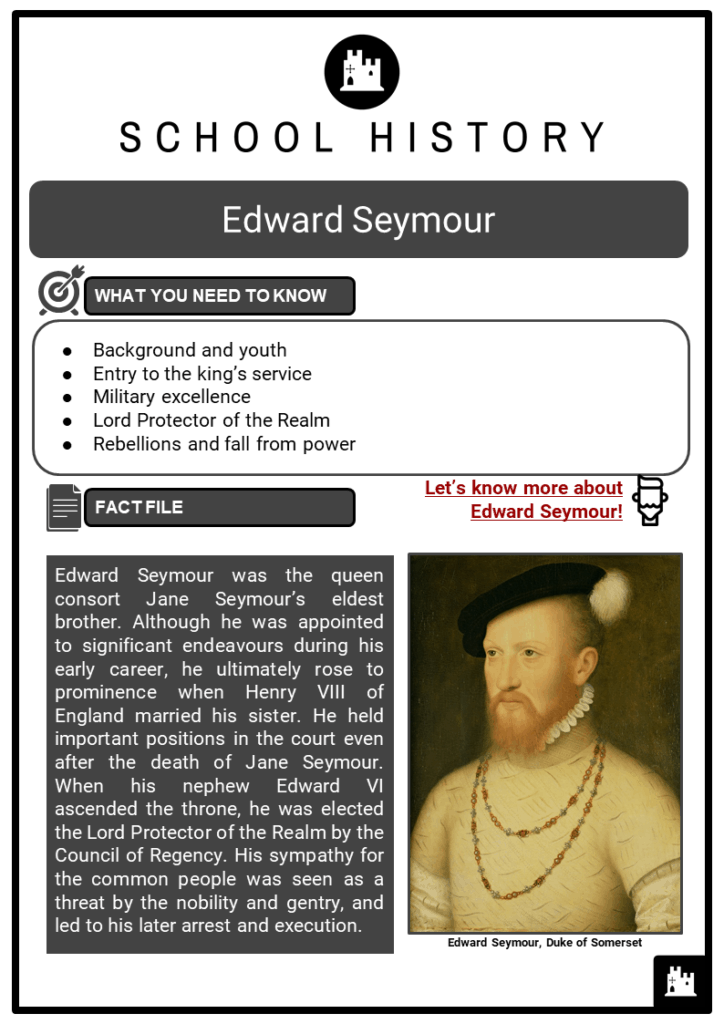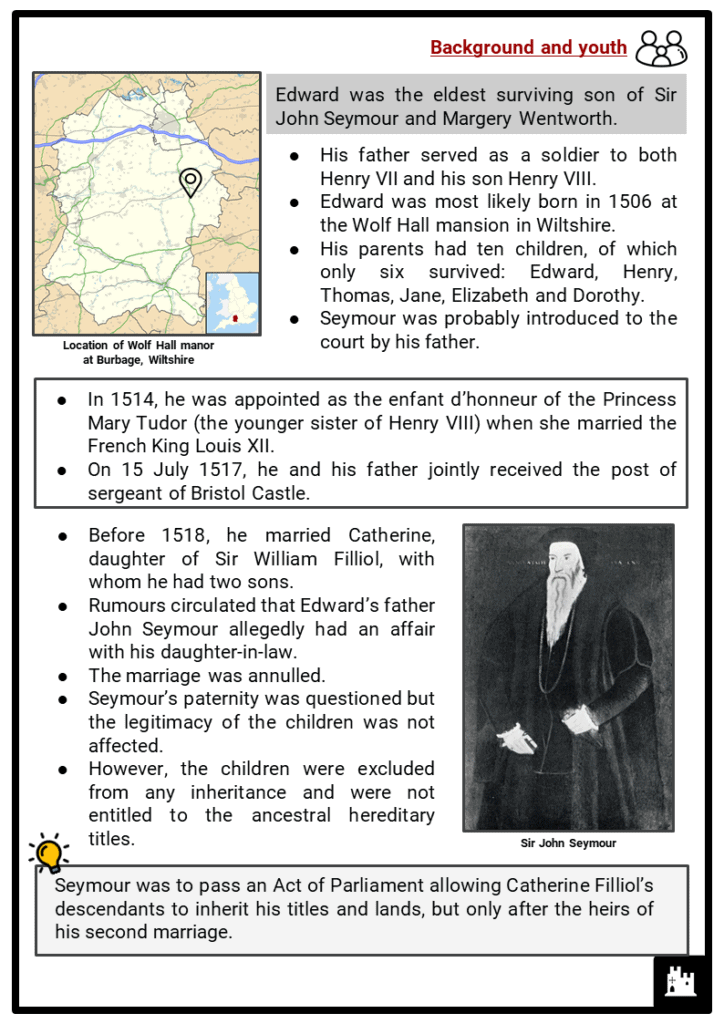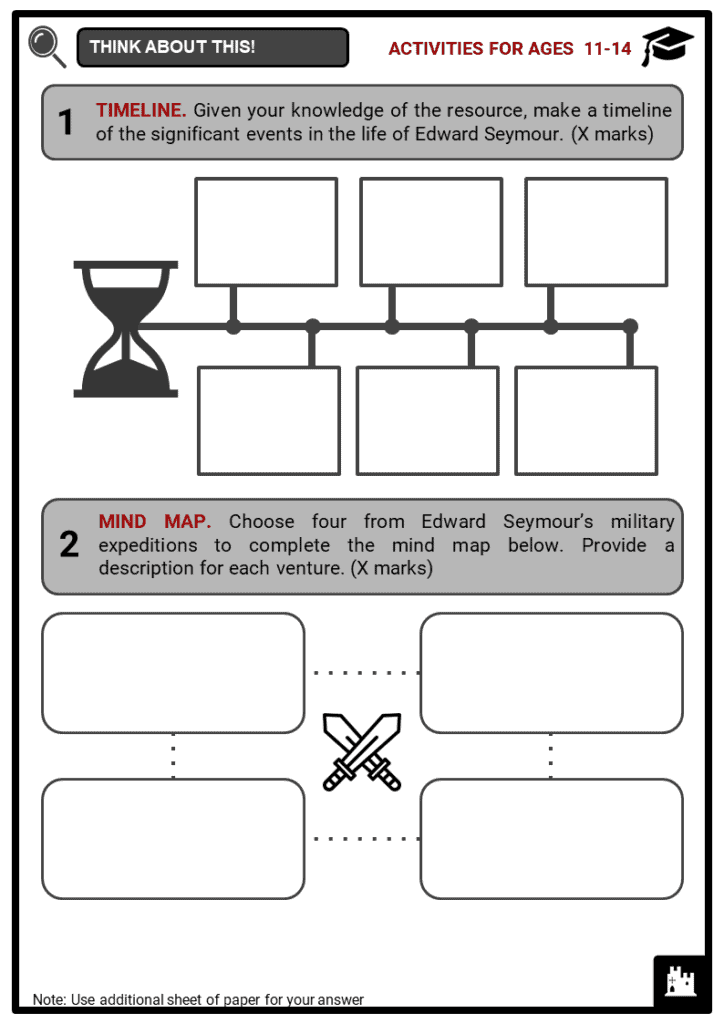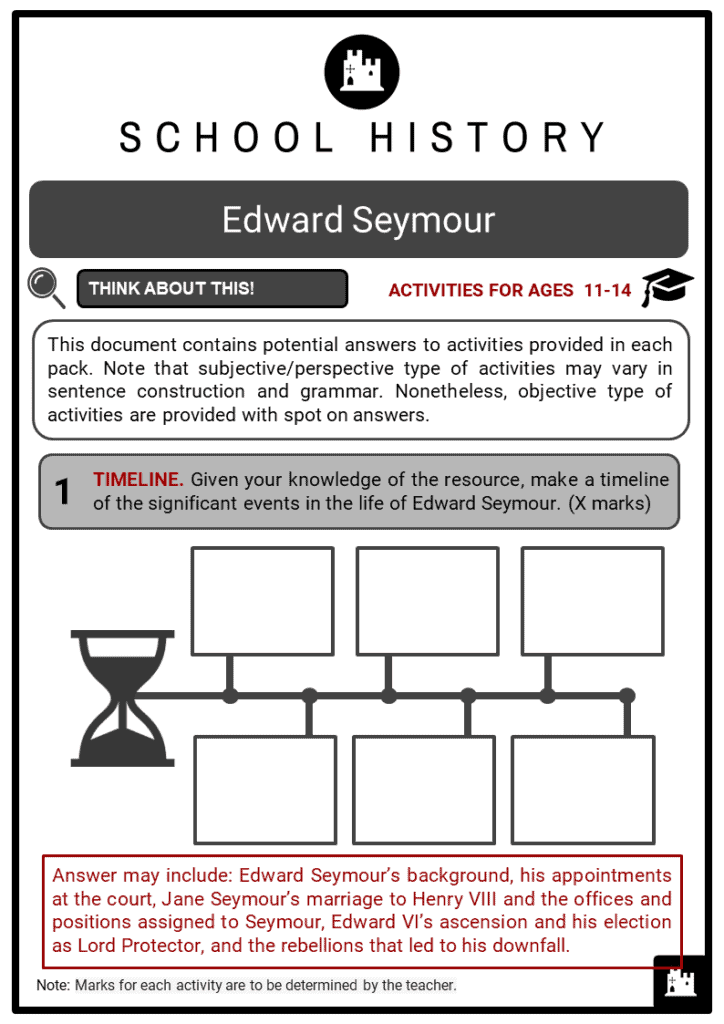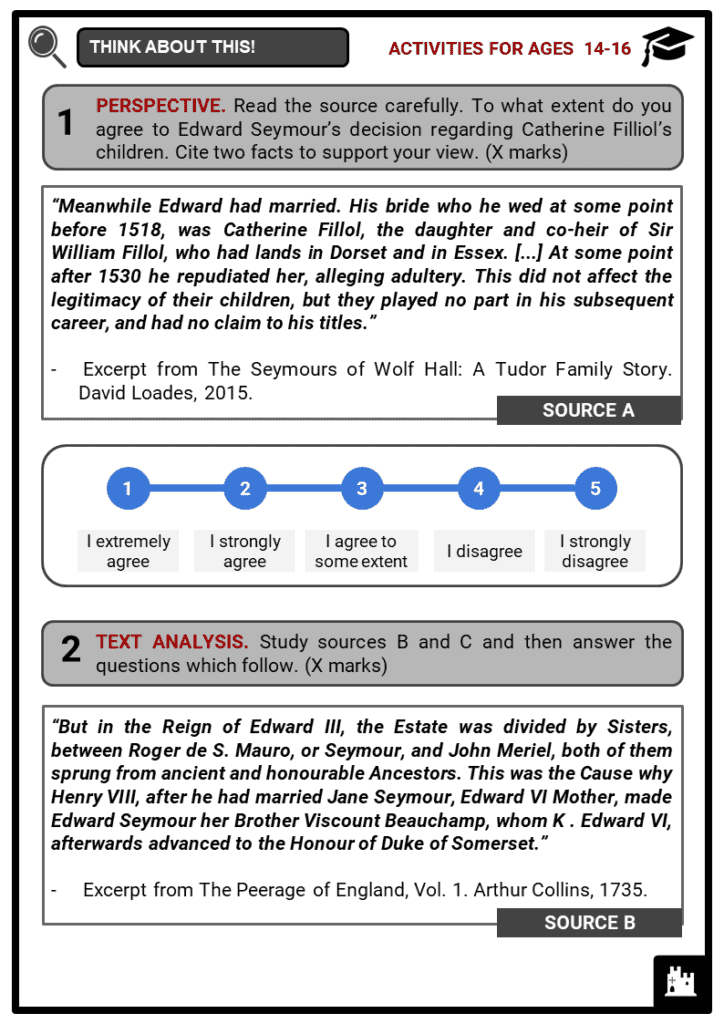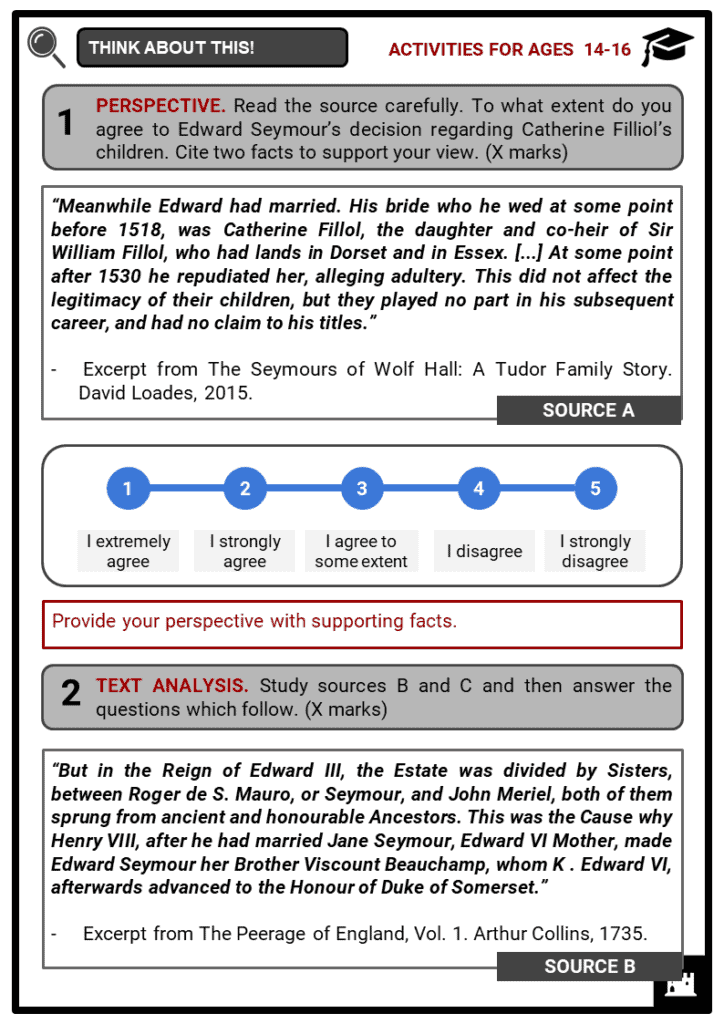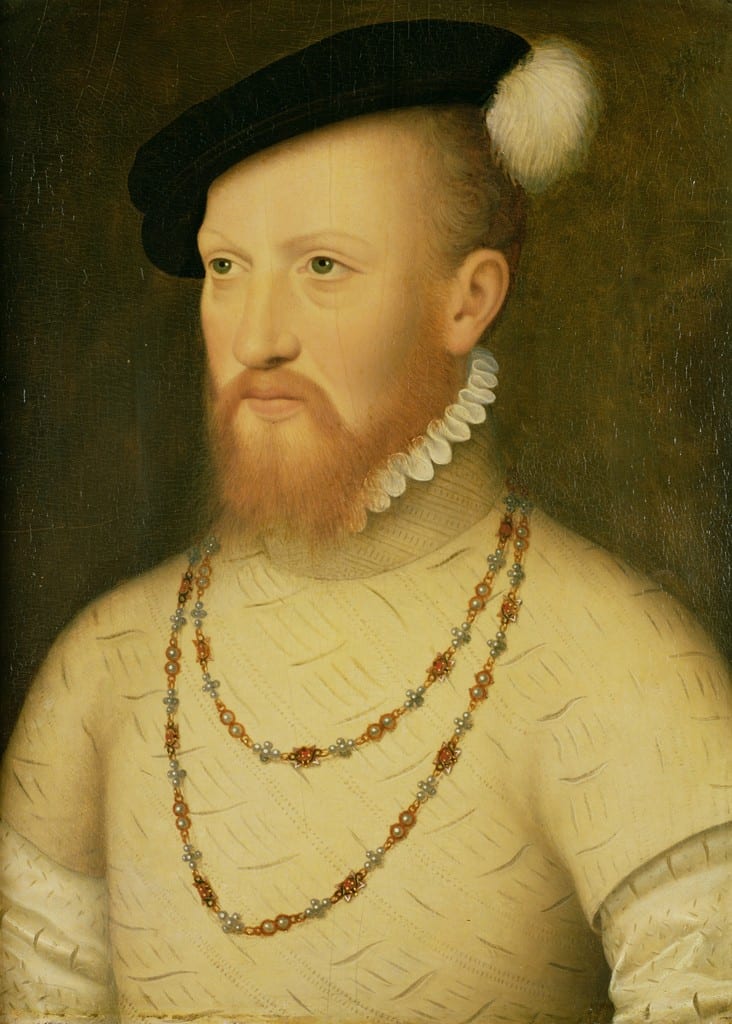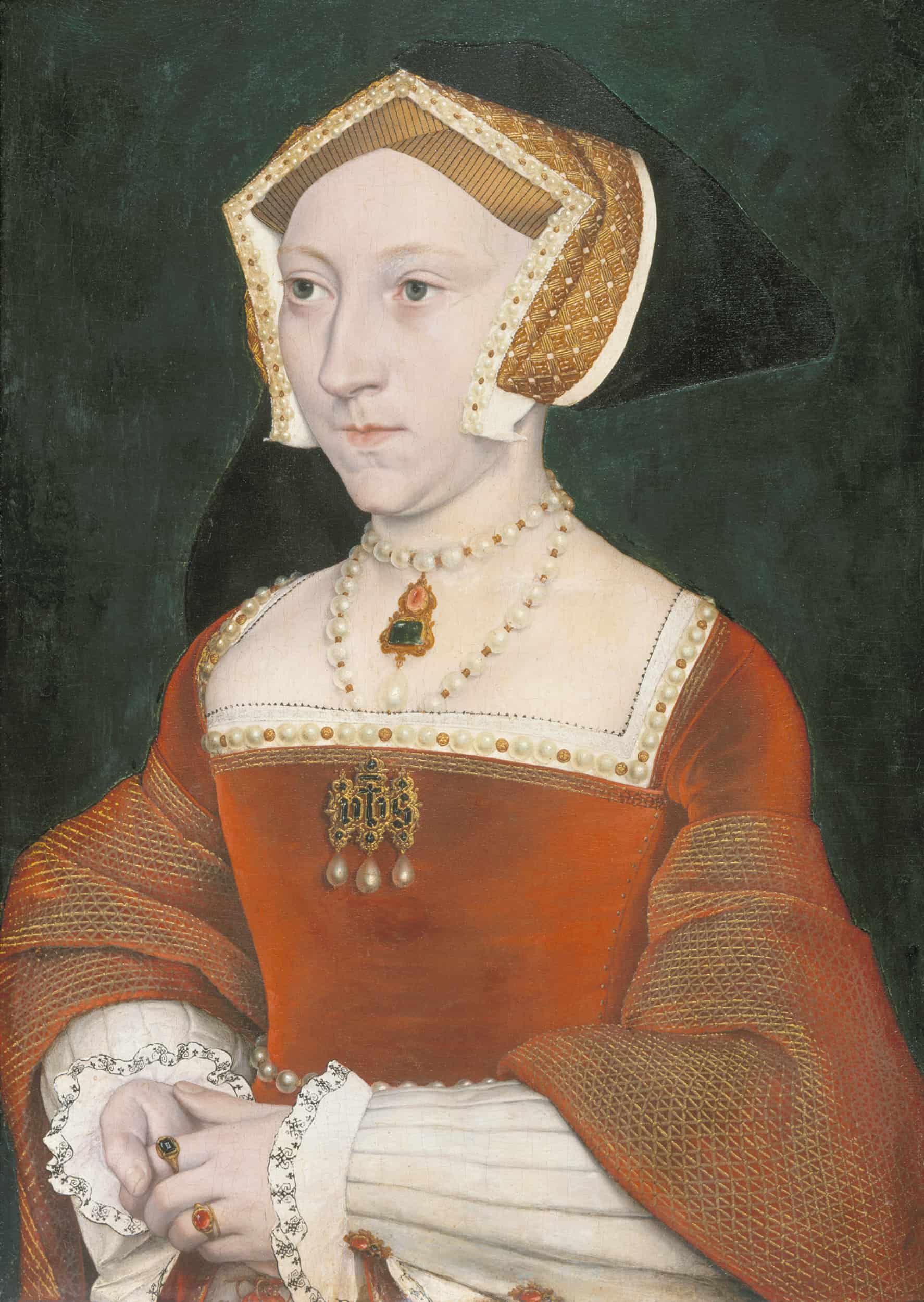Download Edward Seymour Worksheets
Do you want to save dozens of hours in time? Get your evenings and weekends back? Be able to teach Edward Seymour to your students?
Our worksheet bundle includes a fact file and printable worksheets and student activities. Perfect for both the classroom and homeschooling!
Table of Contents
Add a header to begin generating the table of contents
Summary
- Background and youth
- Entry to the king’s service
- Military excellence
- Lord Protector of the Realm
- Rebellions and fall from power
Key Facts And Information
Let’s know more about Edward Seymour!
- Edward Seymour was the queen consort Jane Seymour’s eldest brother. Although he was appointed to significant endeavours during his early career, he ultimately rose to prominence when Henry VIII of England married his sister. He held important positions in the court even after the death of Jane Seymour. When his nephew Edward VI ascended the throne, he was elected the Lord Protector of the Realm by the Council of Regency. His sympathy for the common people was seen as a threat by the nobility and gentry, and led to his later arrest and execution.
Background and youth
- Edward was the eldest surviving son of Sir John Seymour and Margery Wentworth.
- His father served as a soldier to both Henry VII and his son Henry VIII.
- Edward was most likely born in 1506 at the Wolf Hall mansion in Wiltshire.
- His parents had ten children, of which only six survived: Edward, Henry, Thomas, Jane, Elizabeth and Dorothy.
- Seymour was probably introduced to the court by his father.
- In 1514, he was appointed as the enfant d’honneur of the Princess Mary Tudor (the younger sister of Henry VIII) when she married the French King Louis XII.
- On 15 July 1517, he and his father jointly received the post of sergeant of Bristol Castle.
- Before 1518, he married Catherine, daughter of Sir William Filliol, with whom he had two sons.
- Rumours circulated that Edward’s father John Seymour allegedly had an affair with his daughter-in-law.
- The marriage was annulled.
- Seymour’s paternity was questioned but the legitimacy of the children was not affected.
- However, the children were excluded from any inheritance and were not entitled to the ancestral hereditary titles.
- Seymour was to pass an Act of Parliament allowing Catherine Filliol’s descendants to inherit his titles and lands, but only after the heirs of his second marriage.
Entry to the king’s service
- Seymour’s early career, which included military service, progressed through time.
- 1523 - Seymour took part in Henry’s campaign against France.
- He was knighted by Charles Brandon, first Duke of Suffolk.
- 1525 - He became both Justice of the Peace in Wiltshire and Captain of Henry Fitzroy, Duke of Richmond and Somerset, the illegitimate son of the king.
- 1527 - He accompanied Thomas Cardinal Wolsey on his journey to France and consequently benefitted from the closure of some monasteries, which Wolsey had dissolved to promote his universities.
- 1531 - He was appointed Esquire of the Body and thus a personal servant of the king, which gave him an annual salary of 50 English marks.
- 1532 - Together with his father, he accompanied Henry VIII and Anne Boleyn to France to meet the French King Francis I.
- On 9 March 1535, Seymour, already divorced, married Anne Stanhope.
- In October of the same year, he and his new wife lodged in their mansion in Hampshire.
- The Seymours were known for their fertility. It is believed to be the reason why Henry VIII took an interest in Seymour’s sister, the future Queen Jane Seymour.
- Edward Seymour and Anne Stanhope had ten children.
- Whilst his career was thought to have no further advancement, Seymour’s rise to prominence soon became possible with the king’s growing interest in Jane.
- 1536 - On 3 March, he received the prestigious office of a gentleman of the Privy Chamber, which gave him full access to the king.
- Only a few days later, he and his wife were housed in rooms at the Greenwich Palace, where they kept Jane company when the king visited them.
- On 30 May, a few weeks after Anne Boleyn’s execution, Henry married Jane, making Seymour the king’s brother-in-law.
- On 5 June, as a new member of the royal family, Seymour received the title of Viscount Beauchamp of Hache.
- Only a few months later, he was assigned the offices of the Chancellor of North Wales, and the governor and captain of Jersey followed.
- 1537 - In May, he was officially admitted to the Privy Council and was a member of the jury for the Barons Hussey and Darcy who were in court for their participation in the Pilgrimage of Grace.
- On 12 October, Queen Jane gave birth to the long-awaited heir to the throne Edward, making Seymour the uncle of the future king.
- At the christening of his nephew three days later, Seymour accompanied Edward’s half-sister Princess Elizabeth and was appointed three days later Earl of Hertford.
- Jane Seymour died of childbed fever on 24 October.
- Seymour remained the king’s confidant even after Queen Jane Seymour’s death.
- 1539 - He was one of the committees that examined the Exeter conspiracy, and was entrusted with the fortification of Calais and Guines in March.
- He led Henry’s new wife Anne of Cleves from Calais to England.
- 1540 - Although Thomas Cromwell was certain that nothing since the prince’s birth would have pleased him as much as this new marriage, Cromwell fell out of the king’s favour for this choice and was eventually executed.
- Seymour survived Cromwell’s fall and gained increasing influence in Henry’s last years in government.
- 1541 - On 9 January, he was admitted to the prestigious Order of the Garter and took over the affairs of state, together with Archbishop Thomas Cranmer and Baron Audley, while the king was on a summer progress.
- Once again, he worked with Cranmer in November when the young Queen Katherine Howard was accused of adultery.
- 1542 - He was appointed Warden of the Scottish Marches in September and Lord High Admiral in December.
- 1543 - He was elected Lord Great Chamberlain on 16 February.
Military excellence
- Seymour demonstrated his military excellence in various expeditions.
- 1544 - In March, he led as Lieutenant-general in the North and captured Edinburgh, as a punishment for their rejection of the marriage between Prince Edward and the infant Mary Queen of Scots.
- 1545 - He commanded and prevented an attempt of Marshal de Biez to recapture the town at Boulogne in January.
- Appointed as Lieutenant-general in the North, he avenged the Scottish victory at Ancrum Moor.
- 1546 - He replaced Henry Howard, Earl of Surrey, when he returned to Boulogne.
- He negotiated for peace with France and for the restriction of the English conquests in June.
- 1547 - The English army began to march against the Scots: it won a brilliant victory at the Battle of Pinkie Cleugh and occupied the Lowlands.
- In spite of these promising successes, this project came to a standstill.
- 1548 - The Scots appealed to France, who dispatched an expeditionary force to the rescue of Edinburgh.
- The young Mary Queen of Scotland became fond of Francois, Dauphin of France, reinforcing at the same time the old alliance between the Scots and the French.
- This news weakened the position of Seymour since England was absolutely unable to oppose both countries simultaneously.
Lord Protector of the Realm
- On 28 January 1547, Henry VIII died and Edward VI, at only nine years old, was the successor to the crown.
- Sixteen executors, who were mainly Protestants, were named in Henry VIII's will and they were tasked to act as Edward's Council until he reached the age of eighteen.
- Seymour was elected the Lord Protector of the Realm and Governor of the King's Person, and named himself Duke of Somerset.
- His takeover of power was smooth and it was believed that he “governs everything absolutely," as reported by the imperial ambassador, Francis Van der Delft.
- His position in the kingdom was met with envy and opposition by some, including his younger brother, Thomas Seymour.
- Thomas wanted the governorship of the King's Person and a greater share of power since he was also the king’s uncle.
- Seymour, who wished to solve the matter, offered Thomas a barony, an appointment to the Lord Admiralship, and a seat on the Privy Council.
- Craving for more power, Thomas declined the offer and tried to turn Edward VI against Seymour by smuggling pocket money to the child king.
- Edward VI deferred Thomas’ actions to the council. Thomas was arrested on various charges and beheaded based on the Bill of Attainder.
- Accomplishments under Edward VI:
- Battle of Pinkie Cleugh was won against Scotland.
- Heresy and nearly all treason laws were revoked.
- Book of Common Prayer was introduced under the Act of Uniformity.
Rebellions and fall from power
- In 1549, religious and agrarian grievances fuelled a series of revolts that spread through more than half the counties of England when Seymour was in power.
- These revolts required major military intervention to be suppressed.
Prayer Book Rebellion
- It was a revolt against the introduction of church services in English.
- The revolt broke out in Cornwall with the clergy and commoners fighting against the removal of religious images from parish churches, which ended up killing a government official.
- Weavers and other commoners destroyed hedges and fences.
- Seymour convinced Edward VI to pardon all those people who participated in tearing down hedges that enclosed common land.
- His sympathy towards the common people made him popular.
- However, the people saw it as support for their rebel cause which led to another rebellion.
Kett’s Rebellion
- The revolt in Norwich was headed by a landowner, Robert Kett, as he persuaded other landowners from enclosing the public land.
- The rebels listed various demands and elected a governing council of representatives from various villages.
- Seymour responded with a conciliatory approach, in which the rebels, who dispersed peacefully, would be pardoned.
- The people refused to disperse; military troops were then sent.
- The first troop under William Parr was defeated and was forced to abandon Norwich.
- Seymour then sent another troop under John Dudley; this time Kett was captured after several days of street fighting.
- Around forty-nine were executed, whilst Kett, who refused to be pardoned, was sent to the Tower of London and was hanged.
- Seymour, who initially had sympathy for the peasants, dealt with the rebels like a tyrant.
- Seymour’s approach to suppress the rebellions were disliked by the nobility.
- The nobility and gentry believed that Seymour’s sympathy inspired more uprisings: the situation would have not worsened if the first uprising had been controlled with military forces.
- On 1 October 1549, Seymour took Edward VI to Windsor Castle and stayed there for safety: there was a serious threat to his leadership.
- The Council of Regency reminded Seymour that his power came from them and not from Henry VIII’s will. Seymour was arrested and the king, who disliked Windsor Castle, returned to Richmond.
- John Dudley, Duke of Northumberland, emerged as the Lord Protector of the Realm when Seymour was removed from power.
- Seymour was released from the Tower of London and was reinstated in the council.
- The Tower of London is an infamous place of torture and execution. Those imprisoned seldom left the place alive.
- In October 1551, he was sent again to the Tower of London on the charge of treason.
- He pleaded not guilty to all the charges against him and was acquitted of treason based on his defence.
- However, he was found guilty of felony when he brought together men to overthrow Dudley’s regime.
- On 22 January 1552, Seymour was executed on Tower Hill and interred at St. Peter ad Vincula.
Image sources:
[1.] https://upload.wikimedia.org/wikipedia/commons/9/9c/Edward_Seymour_Duke_of_Somerset.jpg

